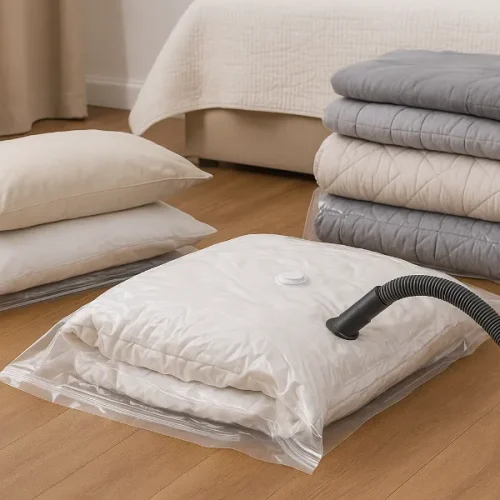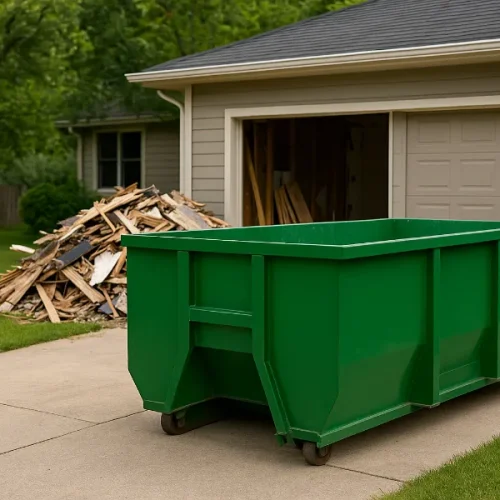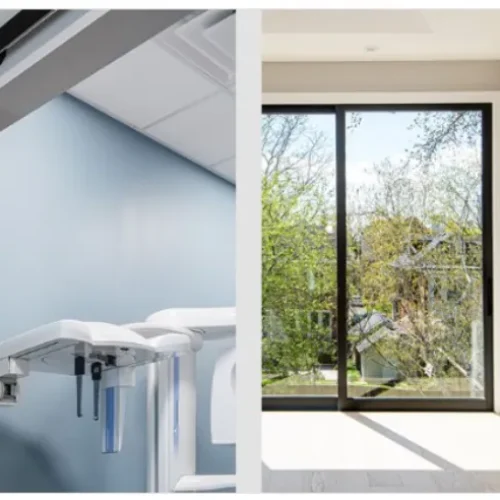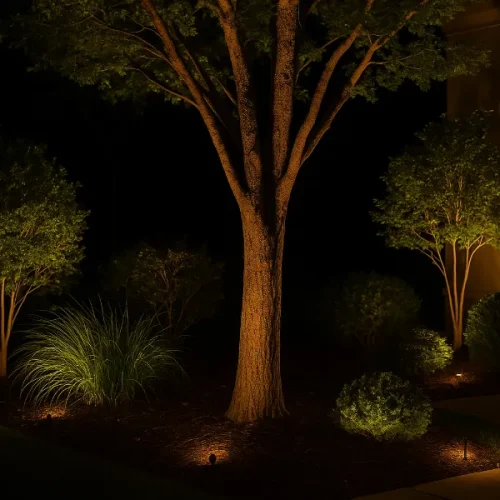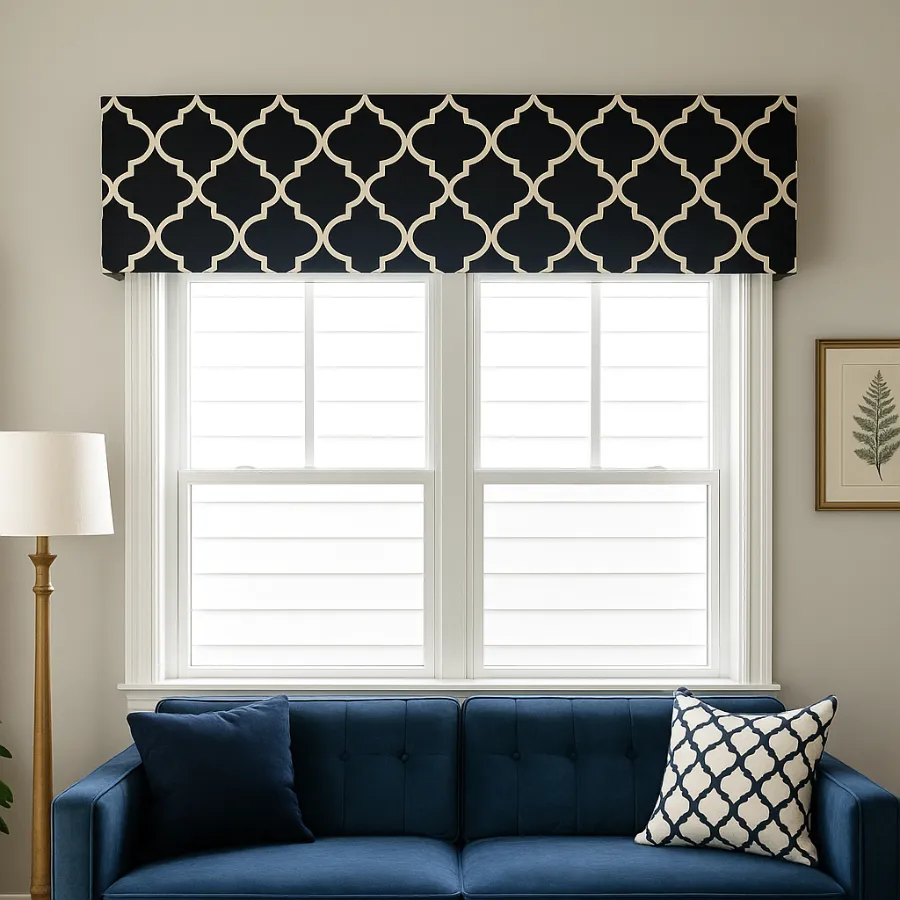
A window valance box—also called a cornice box or pelmet—is a simple yet striking way to finish off a window. Instead of fabric flowing to the floor, a valance box is a structured horizontal panel that sits across the top of a window. It doesn’t move like shades or curtains, and it doesn’t cover glass for privacy. Its purpose is purely decorative. Think of it as the “eyebrow” of the room: a small feature that adds balance, shape, and style.
The magic lies in how much a window valance box can transform a space. It hides hardware, frames the window, adds architectural interest, and gives you an opportunity to bring in pattern, texture, or color without overwhelming the room. Whether upholstered in bold fabric, crafted from wood, or styled with subtle curves, a valance box provides instant polish.
When to Use a Window Valance Box
You won’t use a valance box in every room, but certain situations make it the perfect choice.
- When curtains won’t work: Maybe you’ve got a sofa or countertop in front of the window, making floor-length drapes impractical. A valance box allows you to dress the window without bulky fabric pooling where it doesn’t belong.
- For narrow or awkward windows: Skinny or oddly sized windows benefit from the proportion and definition of a valance box.
- In rentals or temporary spaces: Foam and fabric versions can be hung with Command strips, making them ideal for non-permanent homes.
- When you want quick impact: Compared to long curtains, valances require far less fabric and cost, but they still deliver big style.
When a Window Valance Box Isn’t the Best Fit
Valances aren’t always the answer. If you need privacy or blackout options, they won’t help—you’ll still need blinds, shades, or curtains behind them. Likewise, they don’t pair well with rounded or arched windows, since their horizontal structure can look mismatched against curves. In those cases, drapery or custom shades may serve you better.
Benefits of a Window Valance Box
Why choose a window valance box over other treatments? Here are the biggest advantages:
- Affordable – You use a fraction of the fabric compared to curtains. Foam, plywood, or cardboard are inexpensive bases.
- Easy DIY – Even beginner DIYers can build one in an afternoon with minimal tools.
- Customizable – From sleek modern lines to traditional curves, you can tailor the shape and fabric to match any design style.
- Lightweight options – Foam and cardboard versions weigh very little, making them easy to hang without drilling into walls.
- Adds instant polish – Bare windows can make a room feel unfinished. A valance box instantly frames and elevates the look.
Different Types of Window Valance Boxes
Not all valances are created equal. Here are six popular versions you can try:
Upholstered Wooden Valance Box
The most traditional approach. Made from plywood or MDF, these boxes are sturdy and long-lasting. Wrapped in batting and fabric, they create a clean, professional finish. Best for wide windows and high-traffic spaces where durability matters.
Foam Insulation Valance
A brilliant hack for renters or anyone without power tools. Large sheets of foam insulation from the hardware store can be cut, wrapped, and mounted with Command strips. They’re lightweight, affordable, and perfect for temporary spaces.
Foam Core Board Valance
Even lighter than insulation foam, this version uses foam board or even cardboard. Cut to size with a craft knife, wrapped in fabric or wallpaper, and hung with Velcro, it’s great for small windows or kids’ rooms.
Curved-Edge Valance
For more character, add decorative brackets or cut shapes into the base. A scalloped or arched edge softens the look and gives a playful, custom feel.
Sewn Fabric Valance
Skip the structure altogether and sew a fabric valance to hang from a rod. It’s the simplest sewing project for windows—ideal when you just want a splash of color or pattern without heavy carpentry.
Wood Slat Valance
A modern twist using horizontal wood planks. This style adds texture and warmth, especially in contemporary or Scandinavian-inspired rooms.
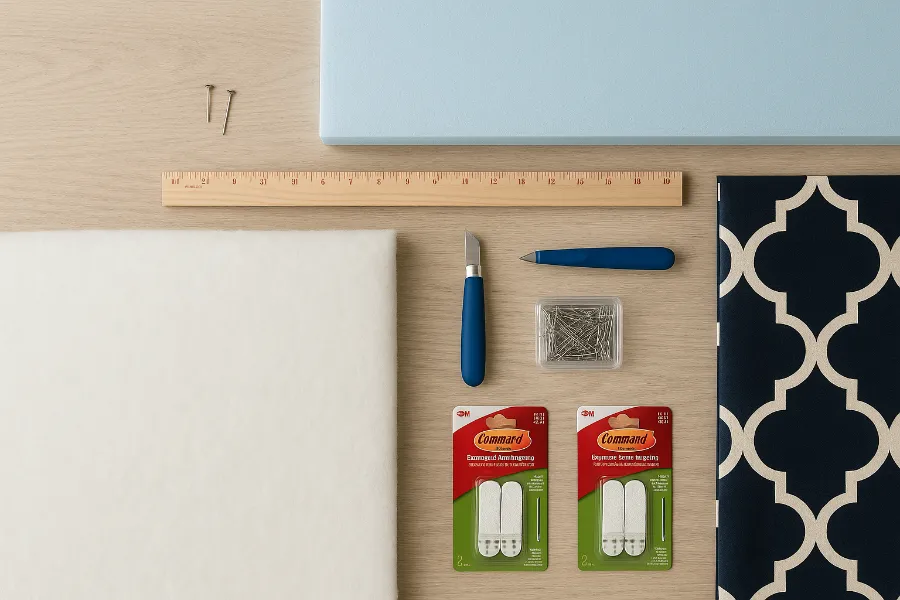
How to Make a DIY Window Valance Box
Let’s walk through a simple foam insulation valance project. It’s the easiest and most budget-friendly option.
Supplies
- 1″ thick foam insulation board (white, if possible)
- Quilt batting
- Fabric of choice (a shower curtain or leftover fabric works perfectly)
- Sharp craft knife or electric cutting knife
- Nails or T-pins
- Command strips for hanging
- Tape measure and ruler
Step 1: Measure
Decide how wide and tall you want your valance box. Extend it at least 5 inches beyond each side of the window for balance. For height, 12–15 inches usually looks best.
Step 2: Cut the Foam
Transfer your measurements to the foam insulation and cut your front panel and two side returns. Take your time for clean edges.
Step 3: Assemble
Attach the side pieces (returns) to the front panel by pushing nails straight into the foam. This forms a U-shaped box.
Step 4: Wrap in Batting
Cover the entire structure in quilt batting, securing it with nails or pins. This creates a cushioned look.
Step 5: Cover in Fabric
Cut fabric about 10 inches larger than the box. Wrap it tightly around the batting, folding neatly at corners, and secure it in place.
Step 6: Hang
Since foam is lightweight, you can mount it using heavy-duty Command strips. Use a level to make sure it’s straight.
And that’s it! A completely custom window valance box for under $20 and less than two hours of work.
Styling Tips and Design Ideas
Once you’ve mastered the basics, the fun begins.
- Bold fabric for drama – Try geometric patterns or bright colors to draw the eye upward.
- Neutrals for subtlety – Linen or cotton blends in beige, white, or gray offer a polished but understated look.
- Layer with shades – Pair a valance box with Roman shades or blinds for both function and beauty.
- Match or contrast – Coordinate with your furniture fabric for cohesion, or contrast to make the valance a statement.
- Add trim – Piping, buttons, or fringe elevate a plain box into something truly special.
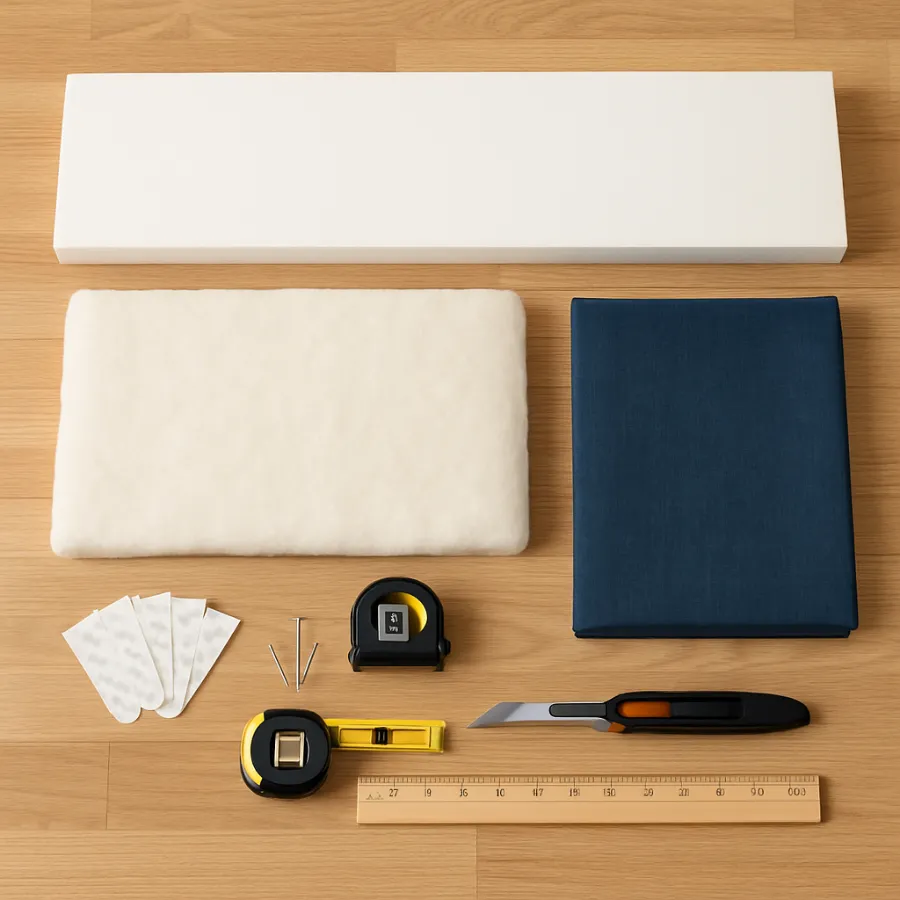
Are Window Valances Outdated?
It’s a fair question. Valances had a reputation for being fussy or dated, often associated with shiny polyester in 90s kitchens. But the truth? They’re making a comeback. Younger homeowners and designers are using window valance boxes in modern fabrics and clean-lined designs. When done right, they feel timeless rather than old-fashioned.
The key is to avoid overdoing it. Stick with tailored shapes, high-quality fabric, and thoughtful placement. Think fresh, not frilly.
Final Thoughts
A window valance box is one of the easiest ways to transform a bare window into a design feature. Whether you choose a sturdy upholstered wood version or a lightweight foam alternative, the result is the same: instant style, polish, and personality. They’re affordable, customizable, and adaptable to almost any room. Best of all, they give you an opportunity to play with fabric and pattern without committing to full curtains.
So if your windows feel unfinished or your room lacks balance, give a window valance box a try. It might just be the finishing touch your home has been waiting for.







